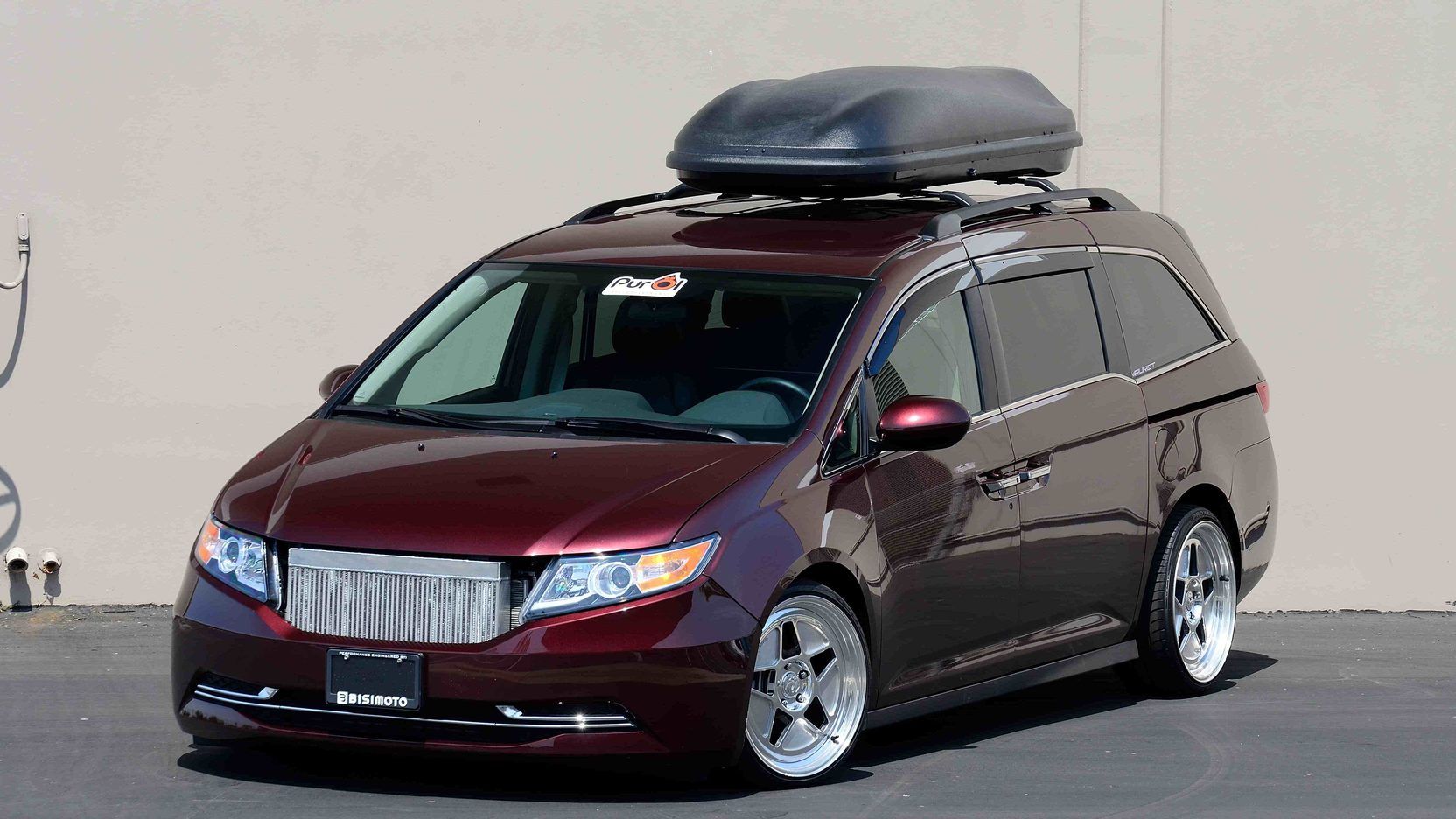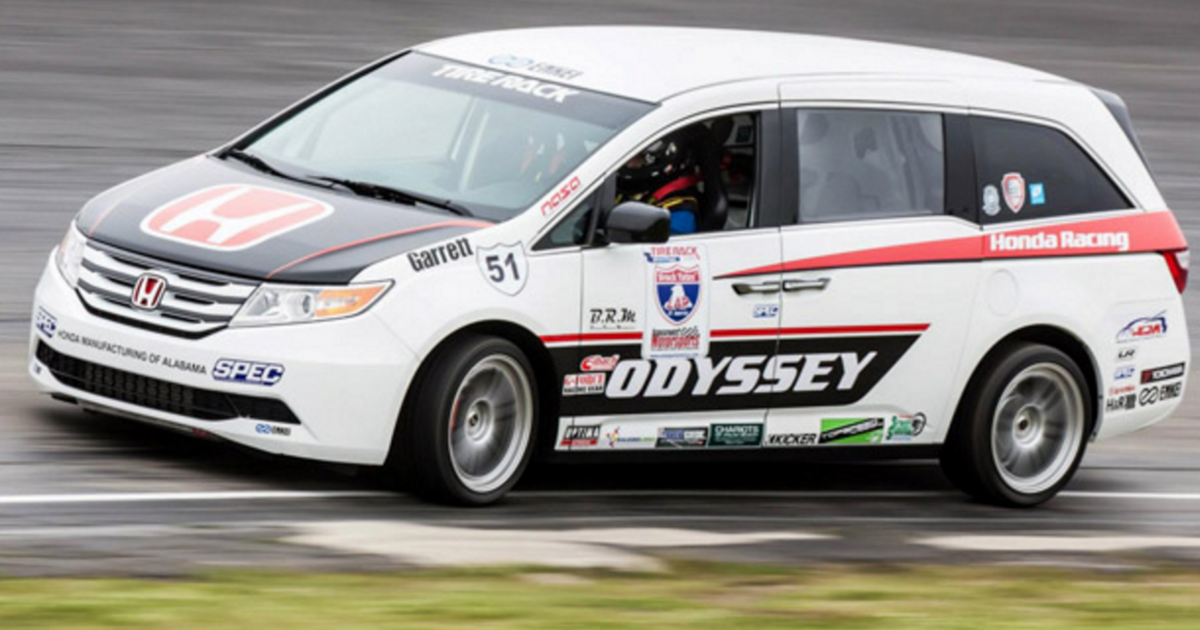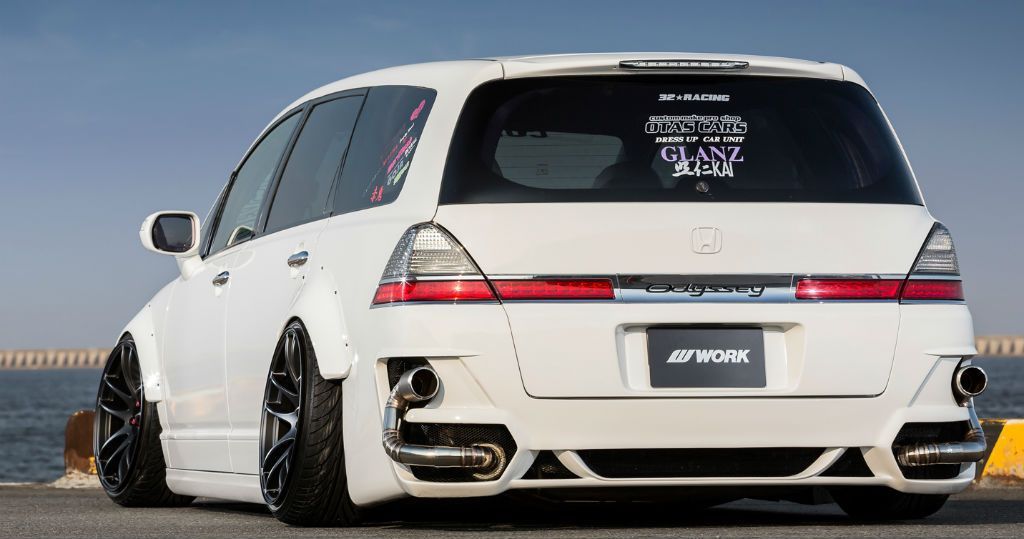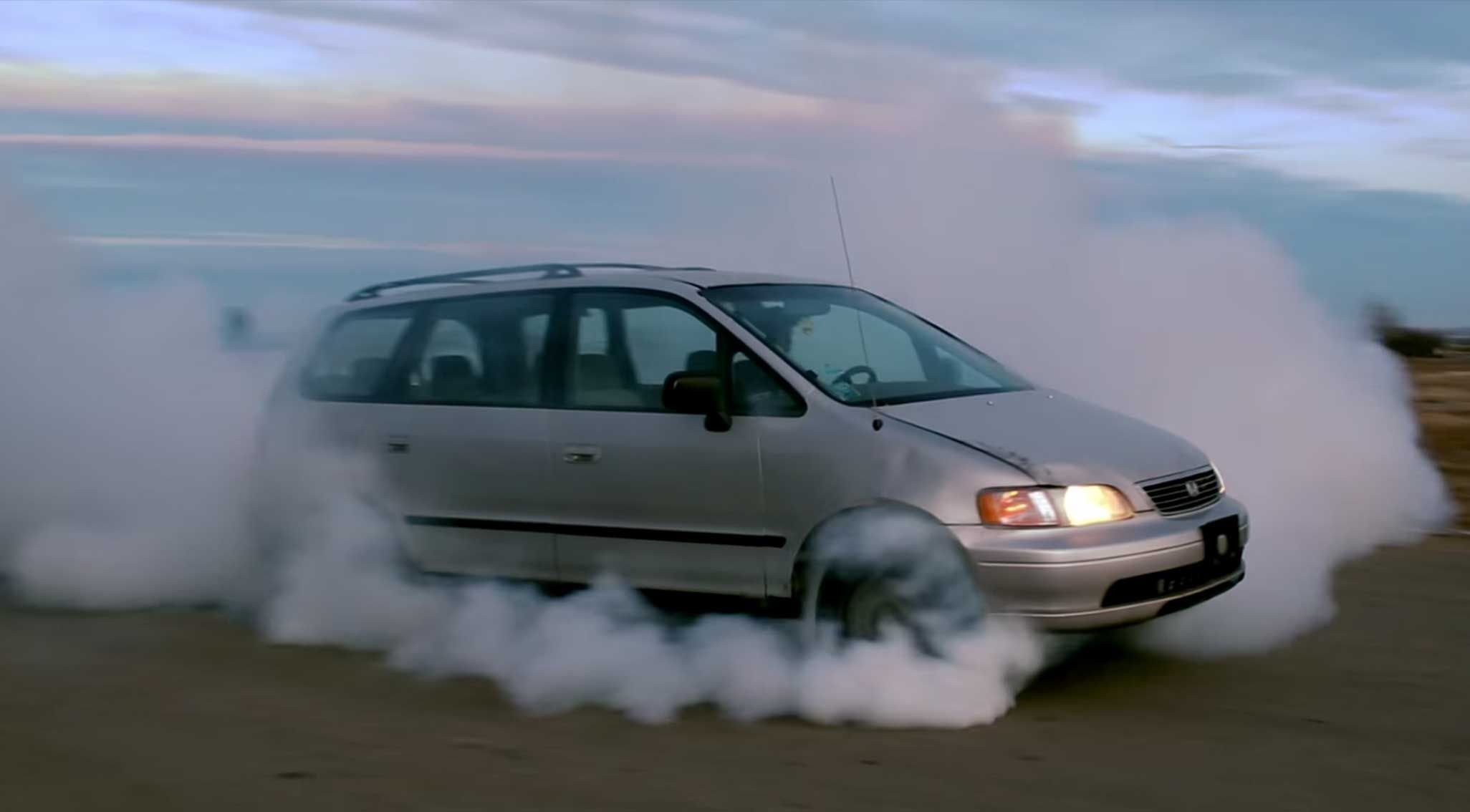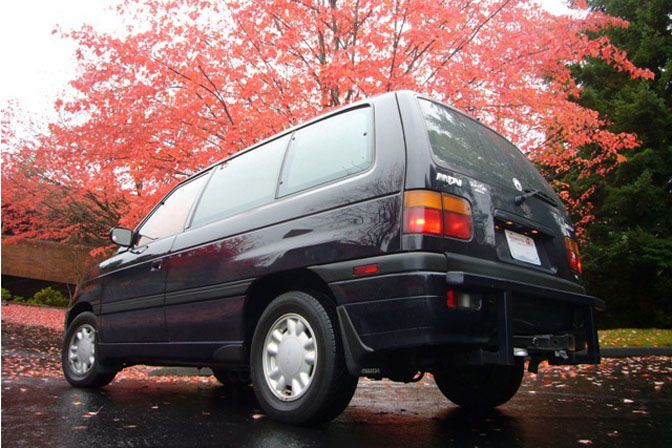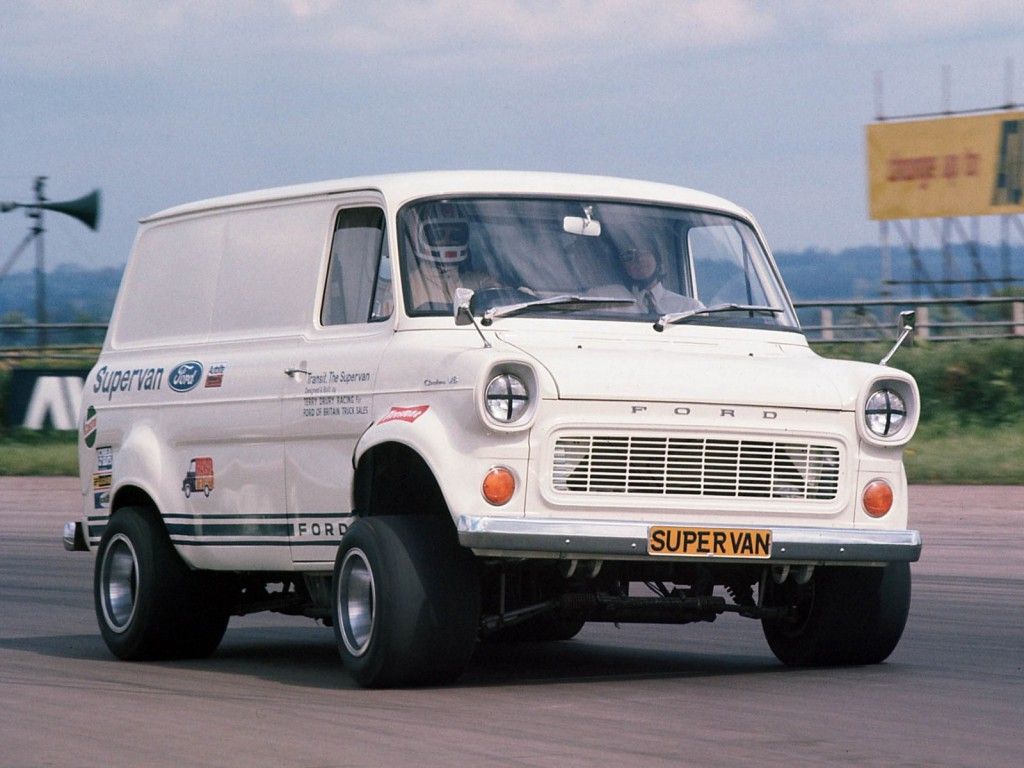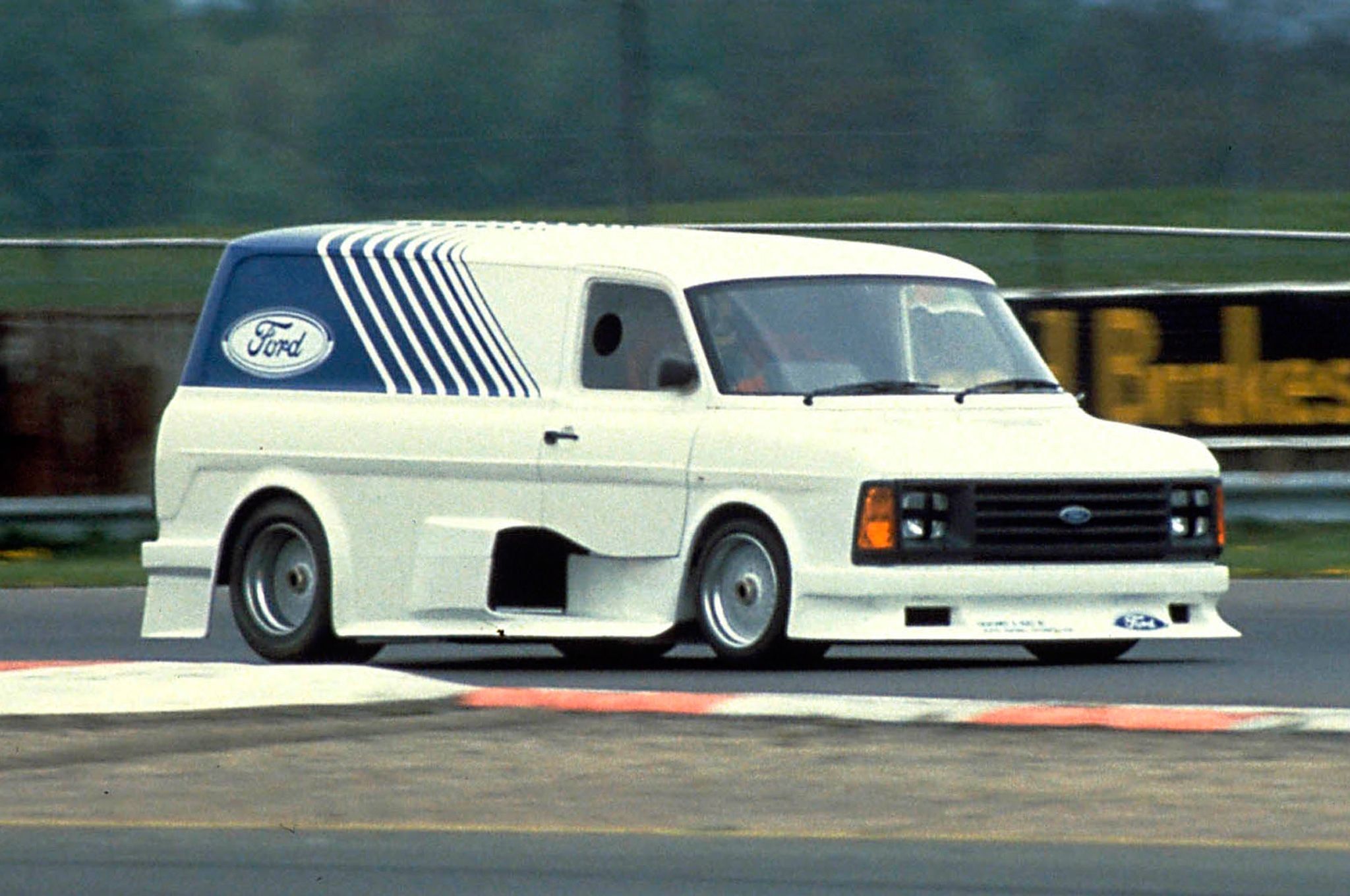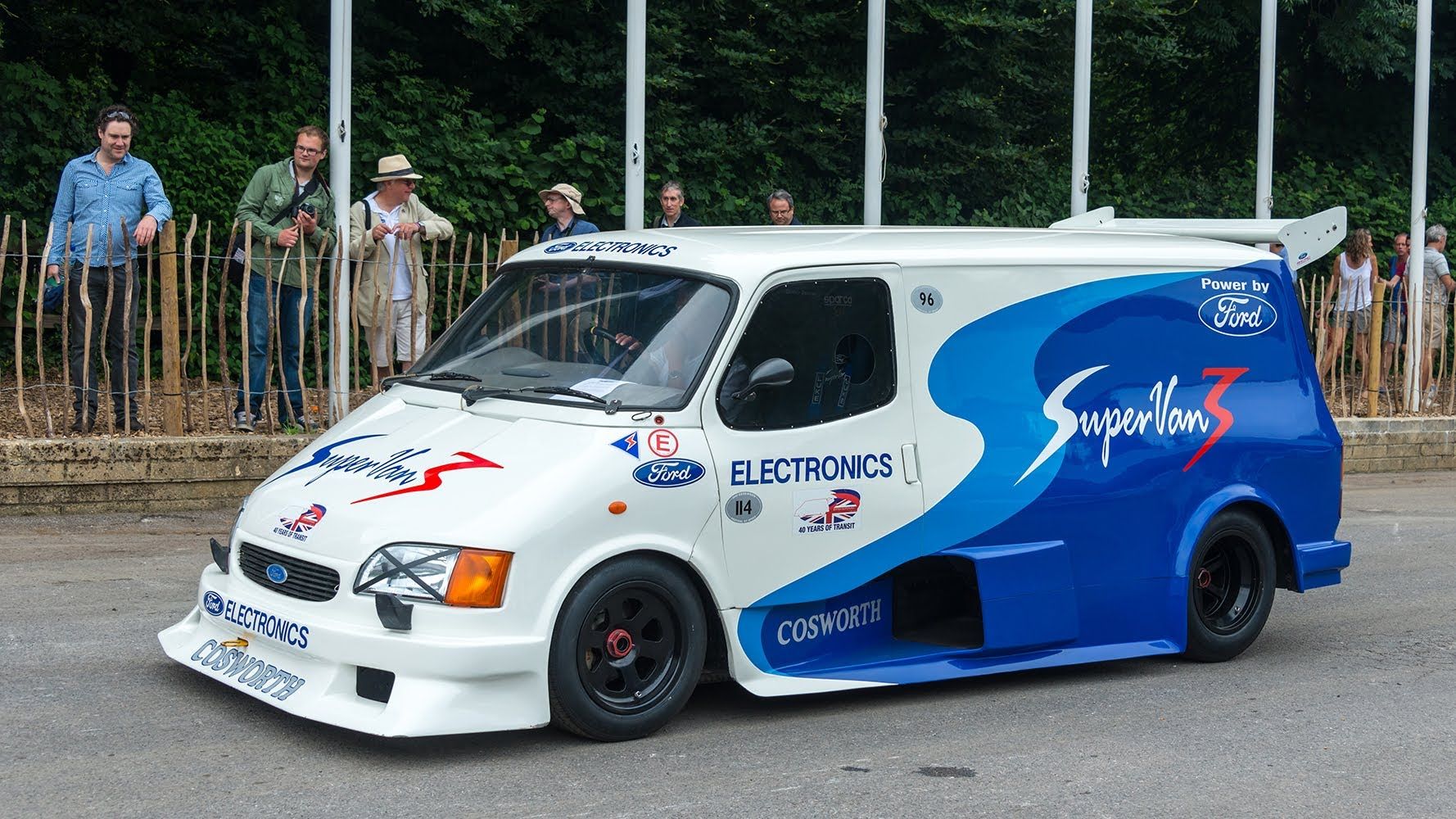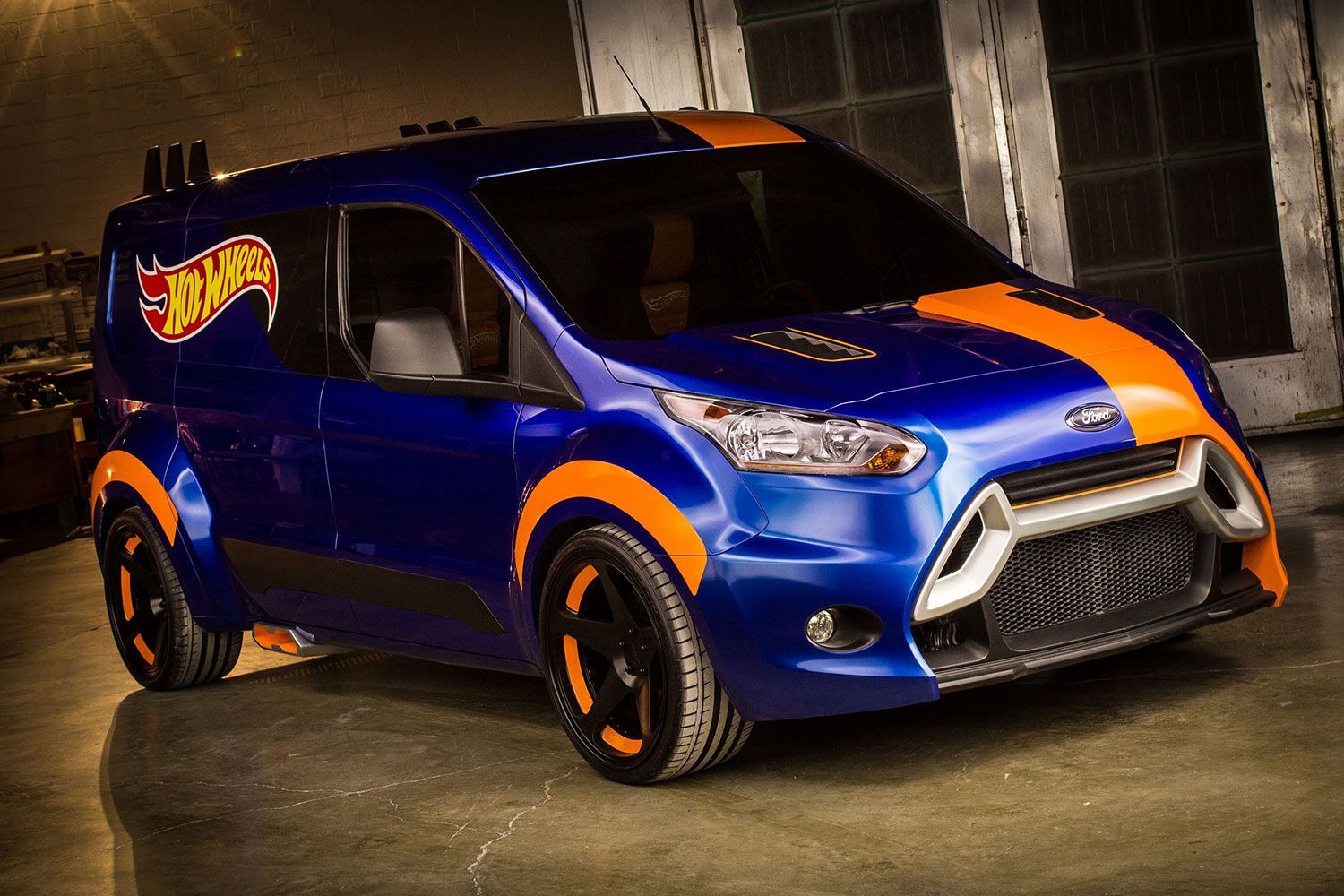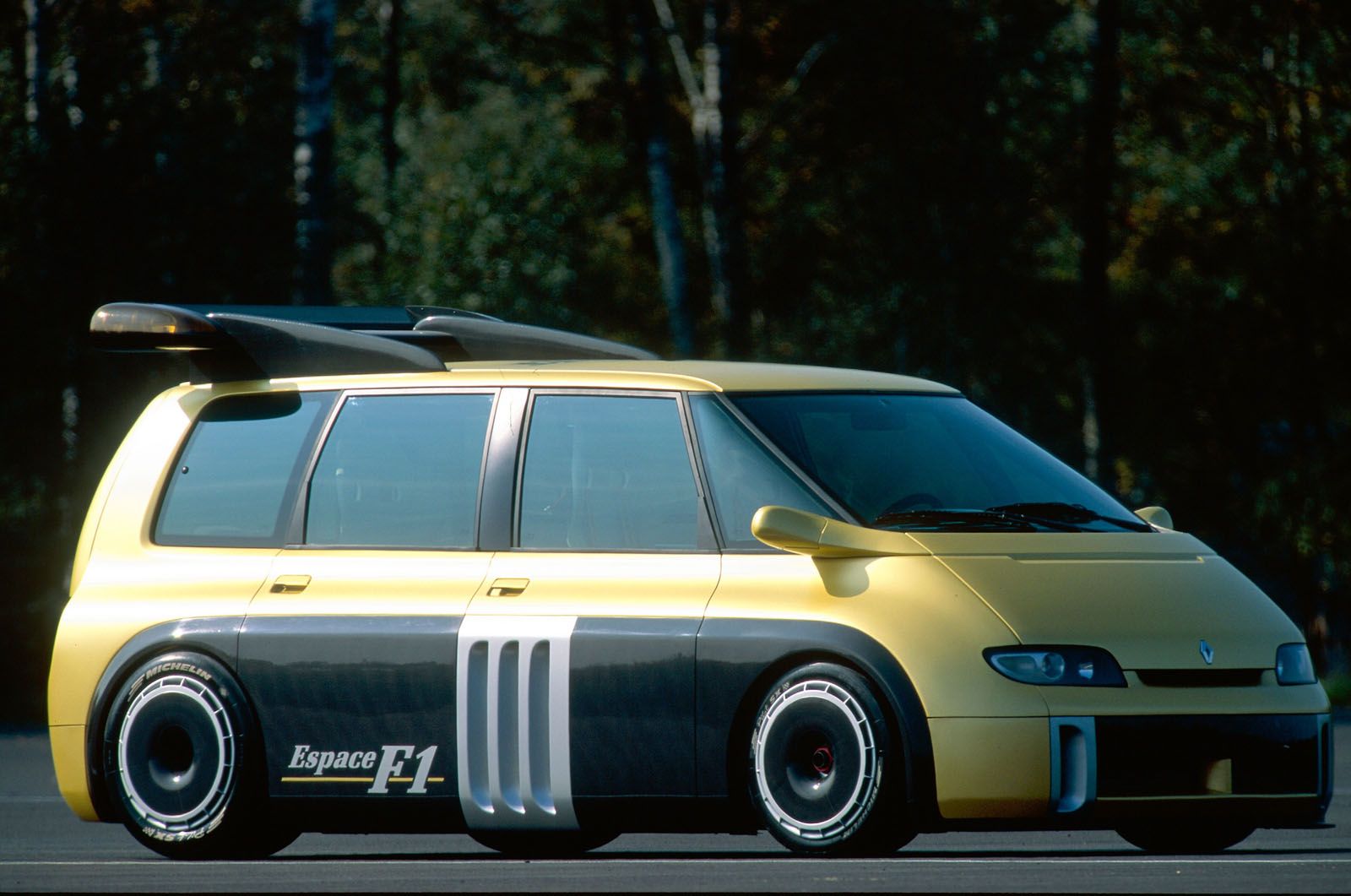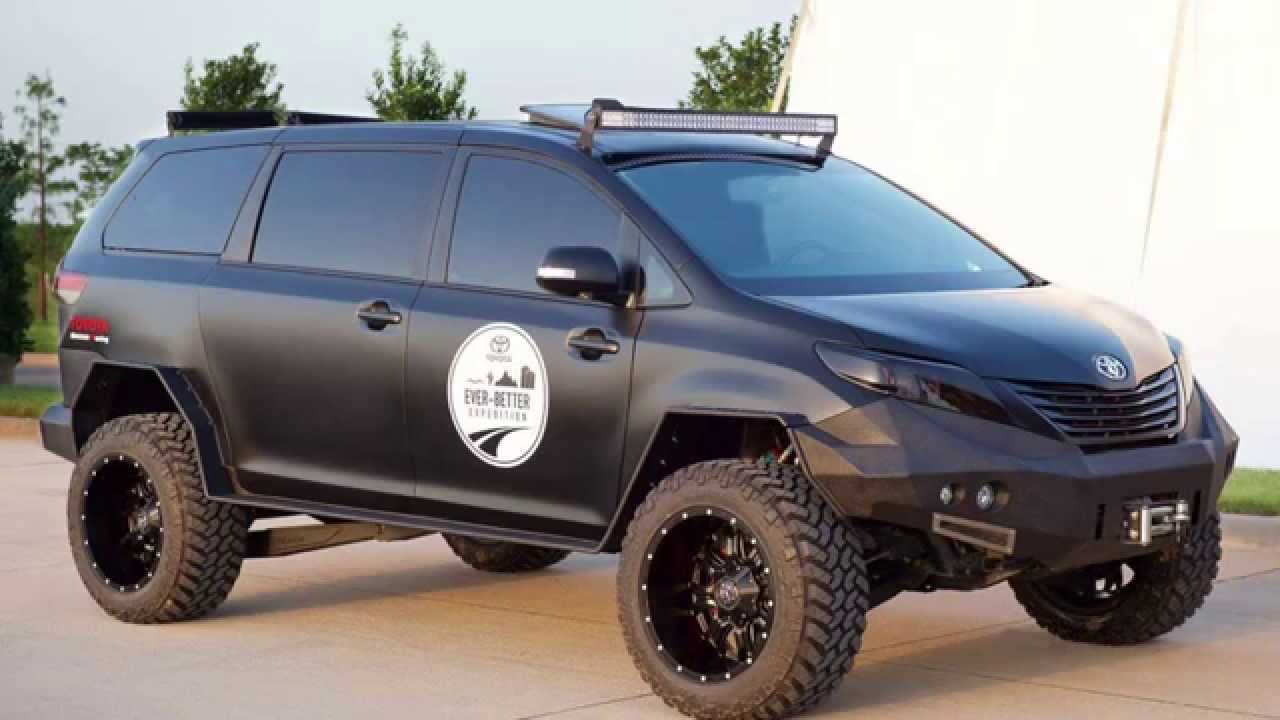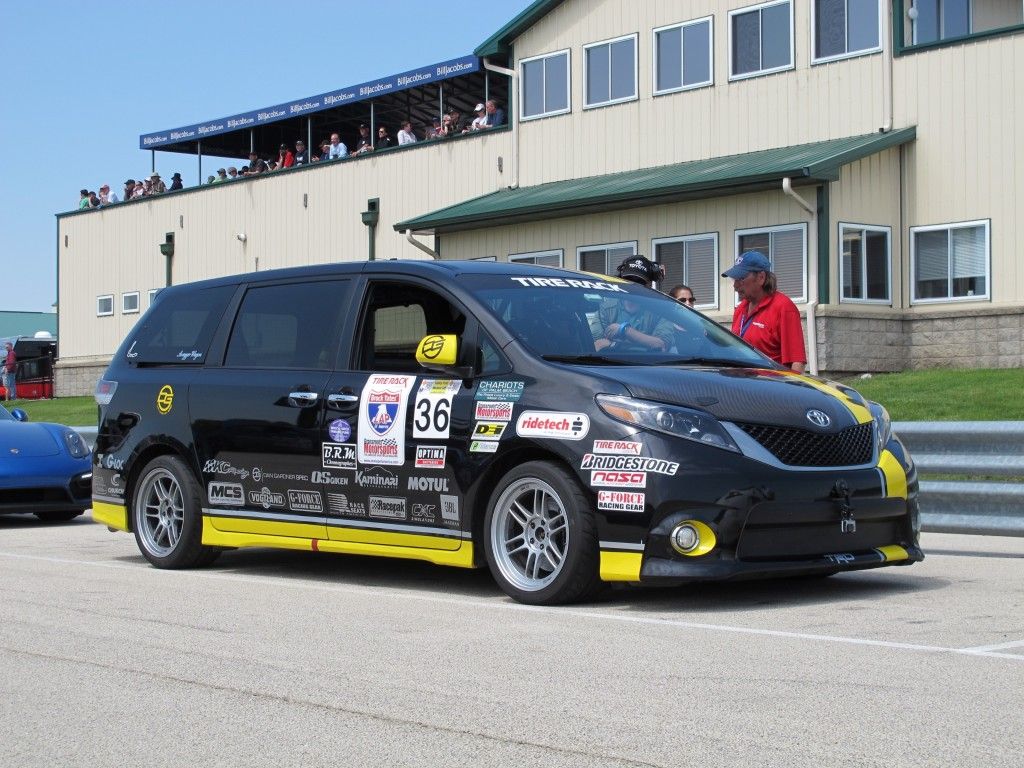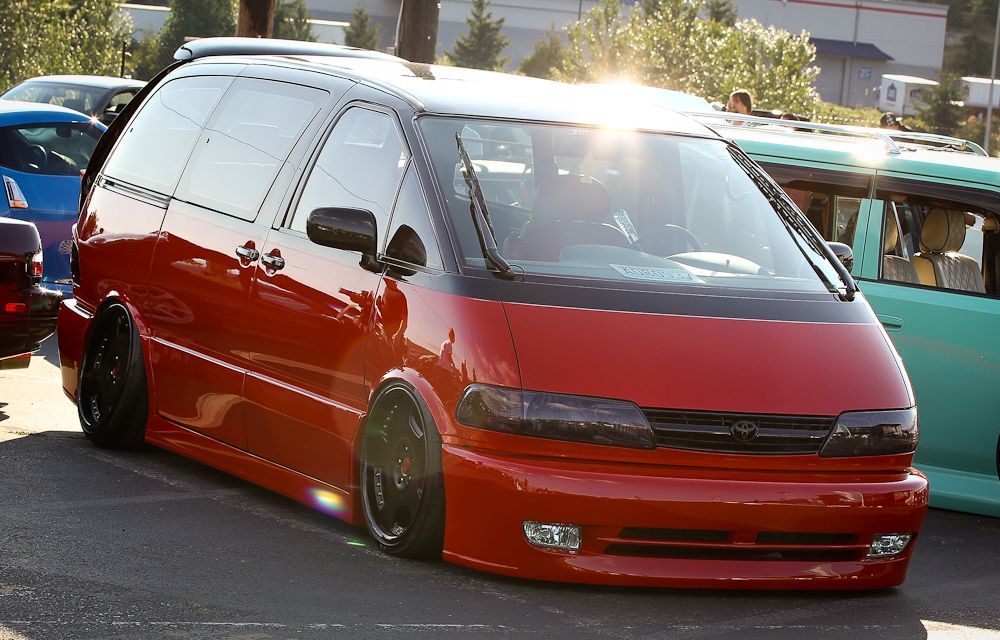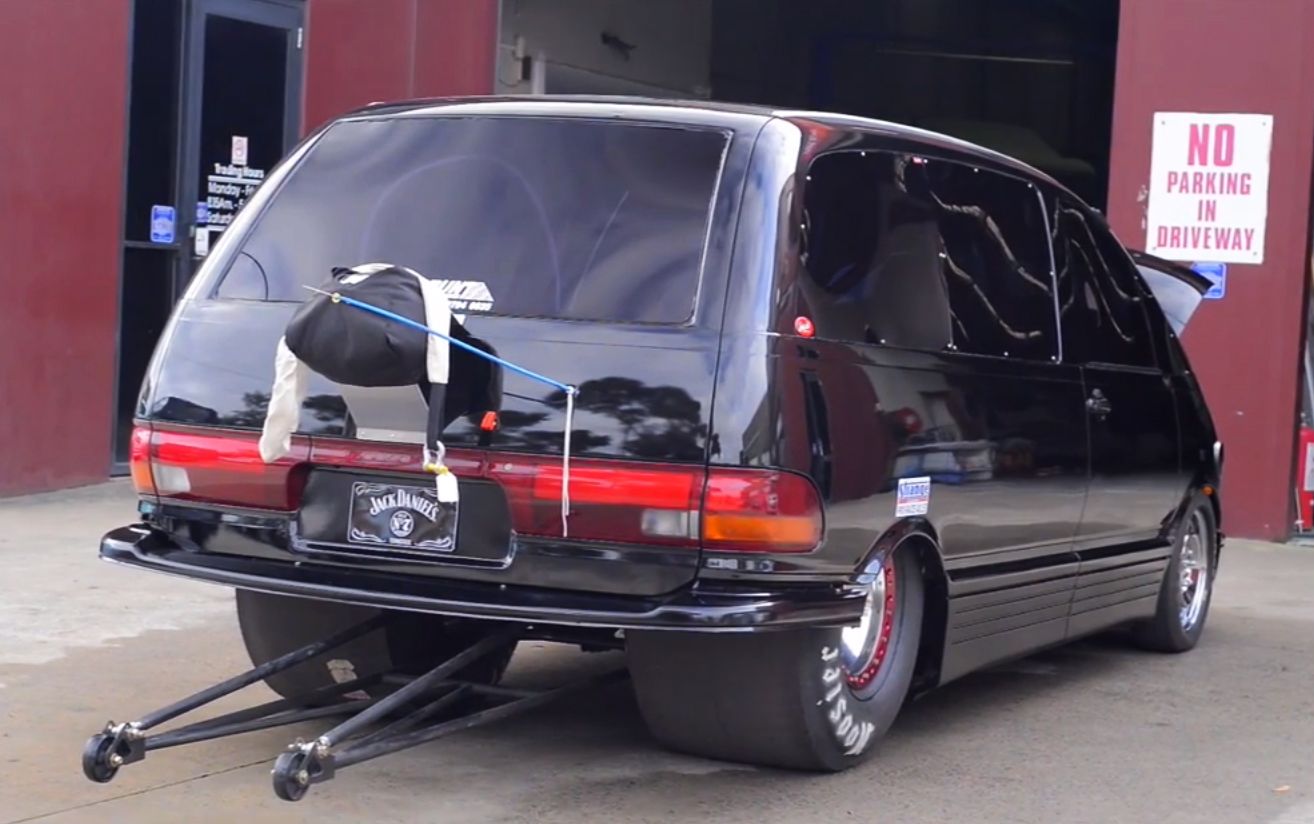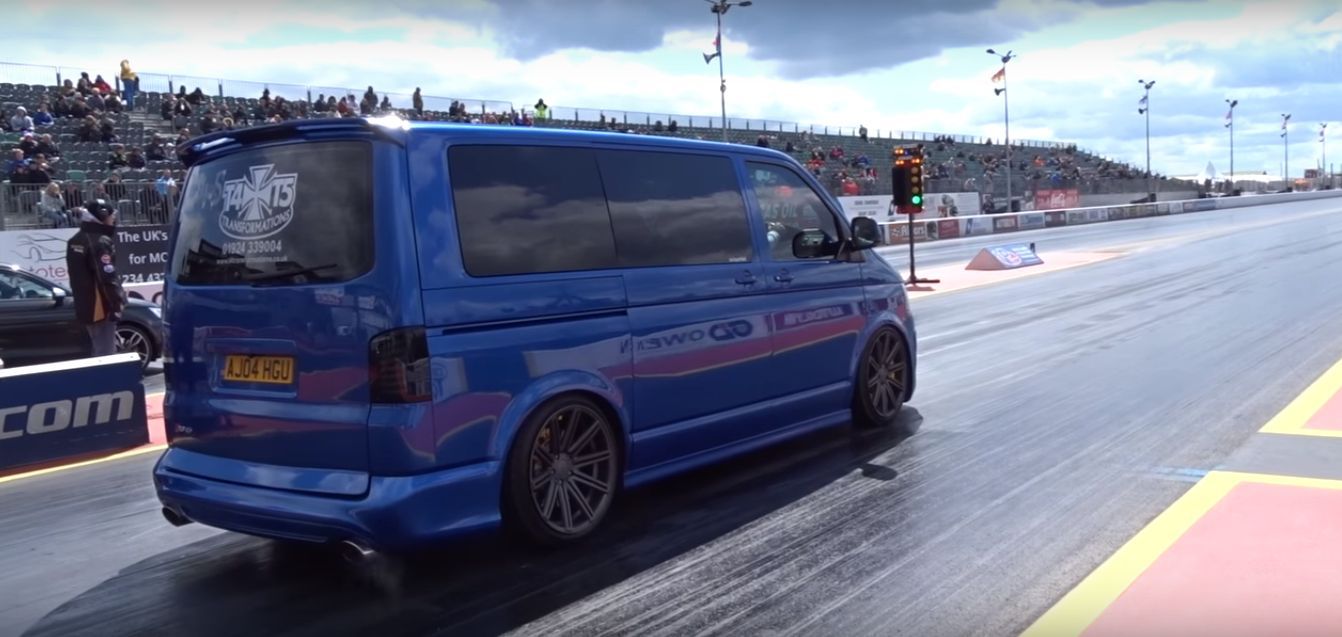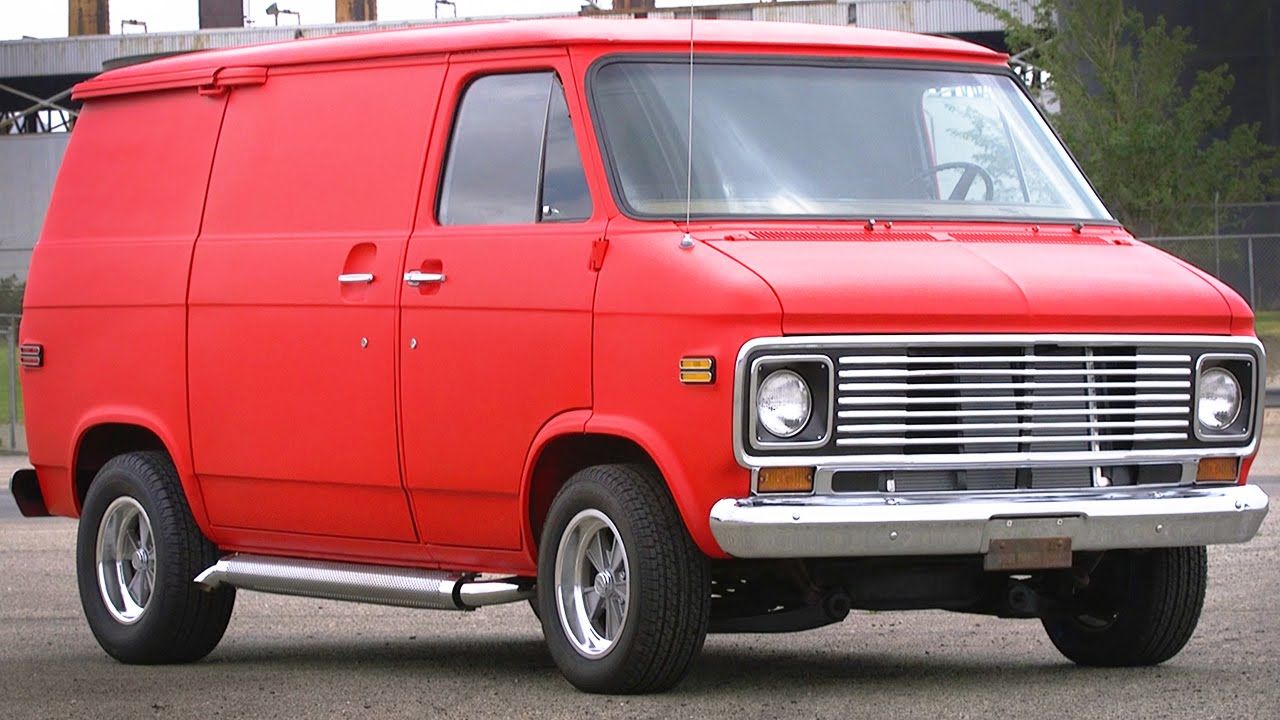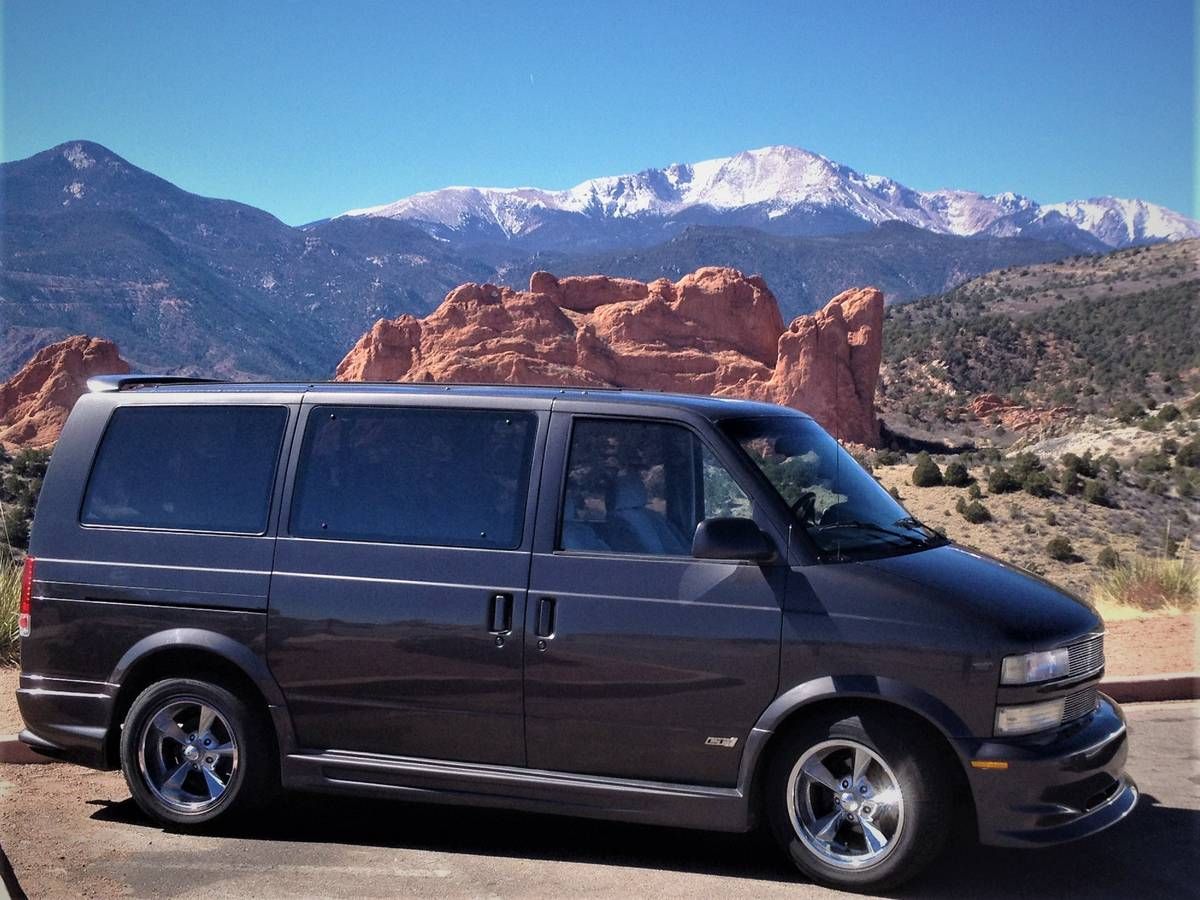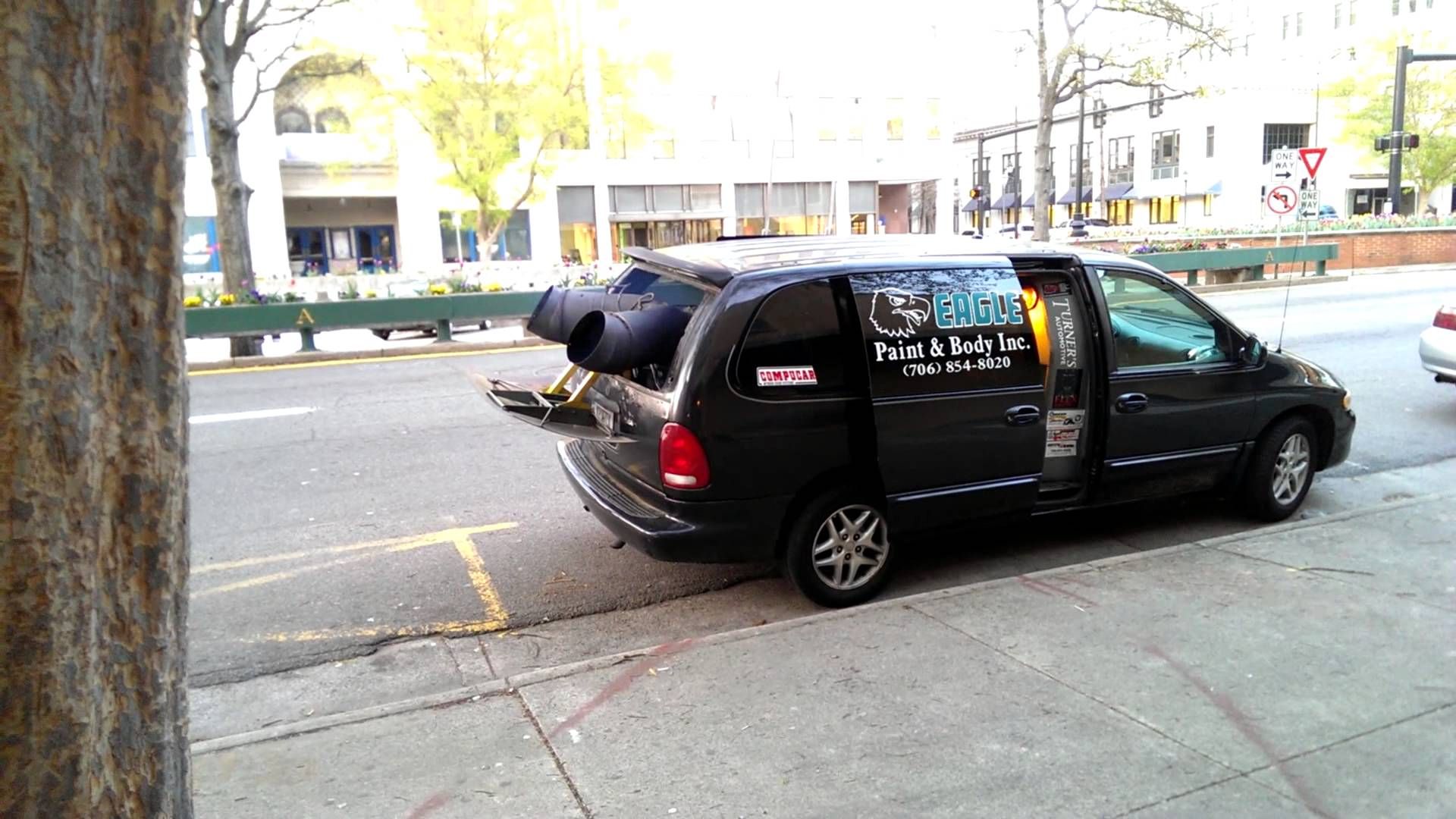If you’re looking for raw practicality, it's hard to go wrong with a minivan. Keep the seats up, and you can haul six passengers in complete comfort. Take them out or fold them flat, and you suddenly have a cavernous cargo bay that accommodates even the most expensive Ikea shopping trips. That being said, they’re hardly beloved by large swaths of car-loving cognoscenti for a couple of reasons.
Their emphasis on maximizing space often results in a boxy, uninspiring, overlarge design that does no favors for handling, not to mention their easy-to-package-but-hard-to love FWD layout with transversely mounted engines. Being mass-market cars, they also have to have decent fuel economy, which often precludes any sort of driving enjoyment when you also have to drag around two tons of sheet metal.
Their beige image is a large part of the reason why minivans are no longer the de facto choice for families looking to haul around their 2.5 kids and golden retriever, a position that’s been taken over by the ever-expanding crossover segment. Only time will tell if the minivan will regain its sales mojo, but the presence of these wildly modified examples of the breed certainly won’t hurt matters.
19 Honda Odyssey by Bisimoto
If you want to rip 50-foot burnouts in a minivan, you can do no better than this tricked-out 2014-vintage Honda Odyssey. The build, commissioned by Honda’s North American division, was handled by world-renowned forced-induction specialist Bisi Ezerioha and his company, Bisimoto Engineering, for the 2013 SEMA show in Las Vegas. The J35 V6 engine under the hood of this family hauler features a plethora of high-dollar parts meant to provide not only gobs of power but also factory-level reliability: among the list of upgrades are a Turbonetics 7265 Turbine, Spearco intercooler, Bisimoto-Web level 2.4 camshafts, fully ported heads, Supertech valvetrain, and an AEM Infinity engine control unit, not to mention Arias 9.0:1 forged pistons, R&R rods, and ARP head studs. On high-octane E85 fuel, the J35 cranks out 1,029 HP. That’s sent to the front wheels through a decidedly non-factory six-speed manual transmission. In order to simultaneously corral that four-digit power output and boost curbside appeal, the engineering firm fitted 20-inch Tarmac R40 wheels wrapped in 255-width Toyo T1 Sport rubber as well as an adjustable Air Ride suspension system. The interior didn’t escape Bisimoto’s attention either, as they fitted a four-point roll cage and upholstered the seats in custom brown leather, while all the stock creature comforts such as the air conditioning system, reverse camera, side turn cameras, and push-button start were left completely functional.
18 Honda Odyssey by Team HMA
Another fourth-generation Odyssey, this one focused entirely on getting around a circuit as fast as possible. This build was handled by Team HMA, a racing effort based out of Honda’s manufacturing plant in Alabama. Like the Bisimoto Odyssey, it features a 3.5-liter J35 engine. Unlike the highly upgraded engine in that build, however, it is not the mill that the Odyssey was born with. This particular J35, bundled to a six-speed manual no less, came from an eighth-generation Honda Accord and produces 278 HP.
From stock, that’s 30 more horses than the original V6. In order to preserve reliability and keep costs down, Team HMA decided to keep the engine unmolested aside from a freer-flowing exhaust, and instead made sure that their van handled as well as any supercar.
To that end, they stitch-welded the body, fitted a padded roll cage, rejigged the front suspension geometry, threw in a Cusco limited-slip differential, and gutted the interior, removing all of the carpeting, upholstery, door trims, and seats in the process (aside from the driver’s of course, whose formerly plush, multiway-adjustable perch has been replaced with a fixed-back racing bucket with a full set of harnesses).
17 Honda Odyssey RB1 by OTAS
It’s part and parcel of America’s global image: we love big cars. It’s a mantra that was firmly established back in the heyday of the late 1950s and early 1960s when the desirability of a product was based entirely on a car’s length and the height of its tailfins. While the heyday of the land yacht has faded to a mere pop culture touchstone, their oversized legacy still has an impact on how manufacturers sell cars over here. Take the Honda Odyssey for instance: put simply, the one that we get is absolutely enormous.
In terms of overall length, the current fifth-generation minivan is within 1” of a Cadillac Escalade. Much of Europe and Asia’s road network is based on the bones of the pre-industrial age: heck I’m pretty sure a non-trivial portion of Italy’s network was originally designed by the Romans. In any case, that means that much of the oversized family haulers that we’re partial to border on being impossible to drive overseas. Hence the existence of the lower, narrower, and shorter RB1-chassis Honda Odyssey you see before you. This modified example, tweaked by Suzuka-based aftermarket garage OTAS, features an interior trimmed in purple, lavender and white leather, a stark contrast to the aggressive racing vibe exuding from the custom-designed body kit.
16 Honda Odyssey by BoostedBoiz
Some of these cars are all about supercar-aping aesthetics, while others offer supercar levels of performance with all of the curbside appeal of a cardboard box. This is most assuredly a member of the latter camp. Built by Youtube automotive channel / Honda fanatics ‘BoostedBoiz’, this family hauler holds a nasty surprise for any would-be stoplight drag racers. From stock, the RA1-5 Odyssey wasn’t much of a speed demon. Buyers were stuck with a dinky 2.2 liter F22B6 inline-four, good for just over 130 HP. That’s fine and dandy in a Civic or even an Accord, but a minivan has a lot more mass to haul around. I suppose that’s why BoostedBoiz found it to be the perfect starting platform for a supercar-shaming sleeper.
Out went the F22B6, and in went another 2.2-liter engine, this time a VTEC-equipped H22 from a Honda Prelude.
This is where things get very spicy indeed: while the engine retains a stock head, the rest of the motor has been built up with a laundry list of budget-friendly upgrades, including Supertech springs and retainers, eBay H-beam rods, Arias pistons, eBay 2200cc fuel injectors, and an eBay GTX3582R turbocharger. Even with its stock open differential, this forced induction Odyssey managed to marshal its 727 HP for a 153.21 MPH trap speed through the half-mile.
15 Mazda MPV by David Swenson
Let’s examine another under-the-radar Japanese family hauler build, this time a 1993 Mazda MPV with some serious one-off fabrication work. In stock form, the MPV has the makings of a being quite fun to drive; with a front-engine, rear-wheel-drive layout and longitudinally-mounted 150 HP 3.0 liter JE V6 sitting inside its stubby little nose, it probably wasn’t very fast, but at least it was probably pretty skid-friendly, especially with the cargo bay left completely empty. Well, for former Speedhunters contributor David Swenson, "skid-friendliness" wouldn't cut it. His MPV, modified with the help of his father, packs a 388 HP punch courtesy of a lightly massaged VG30DETT from a Nissan 300ZX. In order to get the chunky twin-turbocharged V6 to fit in the cramped recesses of the Mazda’s engine bay, a few of the MPV’s quirks had to be sacrificed, such as the column mounted shifter (replaced with a Nissan-sourced floor shifter). Surprisingly, the VG30DETT was able to use the same mounting points as the original JE. For maximum sleeper potential, the van’s exterior was left completely untouched, giving no clue as to what resides underneath.
14 Ford Transit Supervan 1
While it might be a bit of a stretch to call the first-generation Ford Transit a minivan, in no small part due to its boxy profile and emphasis on carrying cargo instead of passengers, there’s no denying that there are more than a few minivan genomes in its DNA: it broke tradition with many of the commercial vehicles of its day by featuring components from Ford’s lineup of passenger vehicles, much like how modern minivans share platforms with family sedans. Of course, it’s pointless to nitpick over this issue, because there isn’t really any stock Transit left here.
The Supervan was a marketing stunt for Ford UK, but unlike most half-assed promotional vehicles, the company really put some elbow grease into the whole endeavor: it was basically a Ford GT40 chassis (you know, the mechanical package that beat Ferrari at Le Mans?) mated to a Transit bodyshell. It was unveiled to the public in 1971, and immediately sent shockwaves through the car enthusiast community. Why wouldn’t it? Its mid-mounted Ford V8 put out 400 HP at a time when most cars had the power output of a pencil sharpener.
13 Ford Transit Supervan 2
The second-generation Ford Transit Supervan was an even more committed effort than the first. That’s apparent right off the bat: the Supervan 1 used the same pressed steel body shell as a normal Transit, the only clue to the performance potential being the gently flared fenders, meant to accommodate its wider tires. Meanwhile, the all-fiberglass shell of the Supervan 2 looks about as similar to a garden-variety van as Arnold Schwarzenegger does to Seth Rogen. Good to know then that the mechanical package underneath more than backed up the scooped and slatted menace of the exterior. Like its predecessor, the Supervan 2 features a race-honed chassis (from Ford’s C100 Group C car) mated to ludicrously potent powerplant, this time around a 3.9 liter Cosworth DFL V8. The car was assembled by Woolaston-based firm Auto Racing Technology and unveiled in 1984. All of the aerodynamic addenda was a boon for handling, with the massive front air dam and 747-sized rear wing providing plenty of useful downforce, a stark difference to the original Supervan, which had a startling tendency to lift its nose at high speeds.
12 Ford Transit Supervan 3
The third and final Supervan on this list continued its family’s legacy of vehicles that pushed not only the boundaries of performance but also the aerodynamic limits of a commercial van’s bodyshell. Built by Suffolk-based firm DRL Engineering, it was shown to the public back in 1994 to coincide with the release of the fifth-generation Ford Transit, though aside from the blobby taillights, it was hard to tell that they came from the same company, let alone the same planet.
The Supervan 3 continued the Supervan 2’s legacy of extraordinary aerodynamic appendages, sprouting an even bigger wing from its squared-off rear end as well as gigantic side-mounted air intakes that could swallow a water buffalo whole.
The beating heart of this competition-derived beast was another Cosworth unit, this one being an F1-derived 3.5 liter HB V8, first seen in Benetton’s car for the 1989 season. The unit fitted in the Transit produced 650 HP, though when the vehicle was completely refurbished in 2004, the HB V8 was removed and replaced with a similarly potent Ford-Cosworth Pro Sports 3000 V6 engine, which continued to send its power to the rear wheels via a competition-spec Hewland gearbox.
11 Ford Transit Connect Hot Wheels
After the deluge of Euro-market Ford Transits, we get onto slightly more familiar ground with this blue and orange Ford Transit Connect. I’ll be blunt here: compared to the Supervan trio, this vehicle might seem a little wimpy, given the comparatively dinky 2.5 liters Ti-VCT inline-four placed under the bulging hood. It’s certainly not giving anything up in terms of visual menace however, thanks to a custom-designed front and rear bumpers (inspired by the mighty Focus RS), massive fender flares (the van is 4 inches wider up front and six inches wider out rear from stock), side-exit exhausts, Recaro racing seats, and 20” two-tone wheels.
The vehicle was unveiled at the 2013 SEMA show in Las Vegas as part of a promotional tie-in between Ford and Hot Wheels, who later released a model version of this tricked-out Transit in their trademark 1:64 scale. The build has the toy company’s fingerprints all over it, as evidenced by gee-whiz show car features like a pair of Hot Wheels Tracks running the length of the cargo bay, an area that's also been outfitted with tool cabinets, a 55-inch TV, and two 18-inch tablet computers.
10 Renault Espace F1
While the Ford Supervan may have come first, there’s only room for one king of the (admittedly tiny) race-prepped minivan hill. The Renault Espace F1 is a wonderful, wonderful machine, the result of a room full of world-class French engineers being thrown into a room full of buttery croissants, Formula 1 components, and a mound of uncut cocaine. That drug-induced engineering fervor is evident from the outside: the Espace’s stock lines were fortified with carbon fiber panels and a massive roof-mounted rear wing that looked like it belonged on an Airbus, while the Turbofan wheels provided brake cooling and a heaping scoop of competition-inspired aesthetic brutality.
That visual flair was backed up with a metric boatload of dynamic capability: almost everything behind the driver was plucked straight from fellow Frenchman Alain Prost’s 1993 Williams FW15C Formula 1 car.
That means a carbon-fiber chassis, inboard pushrod suspension, a six-speed semi-automatic gearbox, and the undisputed star of the show, a naturally-aspirated 3.5-liter Renault-designed V10 engine sitting just behind the second row of seats. Cranking out 800 HP and redlining at just under 14,000 RPM, the four lucky occupants on board would be privy to one of the finest mechanical orchestras ever conducted. They better have their sick bags on hand however, as the Espace F1 was capable of silly performance: 0-60 took 2.8 seconds, lateral grip was measured at 2 gs, and 168-0 MPH braking was within spitting distance of the FW15C, as its gigantic carbon-ceramic disks could yank it to a stop in under 2,000 ft.
9 Toyota Sienna UUV
It seems that more and more carmakers are having a go at building something crazy for the SEMA show. What was once a relatively small industry convention for aftermarket garages to promote their products and services has blossomed into an internationally-recognized event that attracts world-class talent and often creates highly unique, rigorously engineered automotive concoctions. Sure, some may cry out for the bygone days when everyone there seemed to know each other and lament the participation of overly well-funded corporations, but when something like the Sienna UUV (short for “Ultimate Utility Vehicle”) comes along, it's hard to stay jaded. In stark contrast to the hard-parked trailer queens common to the show, the UUV has a practical purpose: it was meant to serve as a rolling office for engineers on the American leg of Toyota’s Five Continents Driving Project, meant to test the company’s products in all manner of weather and terrain.
To that end, its interior has been decked out with a 60-in Sony LED TV, TracVision mobile satellite television receiver, mobile Internet, laptop trays, Wi-Fi, 17-in monitor, USB ports, 2,500-watt JBL audio system, and Flir M-324xp night vision camera system with HD recording. That’s without going into the stupendous amounts of work that have gone into making this minivan all-terrain ready, the biggest change being the Sienna change from a unibody to a body-on-frame construction pillaged from a 4WD Tacoma. That’s been further enhanced with Engaged four-link long-travel suspension that raises the ride height by four inches, all the better to accommodate the gigantic 33-inch Nitto Mud Grappler tires.
8 Toyota Sienna R-Tuned
A study in restraint next to the startling visual and mechanical heft of the Sienna UUV, this track-prepped minivan packs plenty of track-ready performance in a relatively conservative package. It was unveiled at the 2015 edition of the SEMA show as a collaborative effort between South-Californian performance outfit DG-Spec and Toyota in order to change the automaker’s public perception of being purveyors of wheeled wallpaper and inject a little bit of steely-eyed racing spirit into the brand. To that end, the Sienna R-Tuned has been fitted with a bunch of components meant to cut lap times without jeopardizing overall usability: the naturally-aspirated, transversely-mounted V6 engine was left mostly stock aside from a cold air intake and free-flowing exhaust, which is enough to raise horsepower from 266 to a nice even 300 HP.
That’s sent to the front wheels (18-inch Enkei RPF1s in case you’re wondering) wrapped in chunky 275-width Nitto NT-01 DOT-R competition-spec rubber through a six-speed automatic transaxle fitted with a one-of-a-kind clutch-type OS Glicken limited slip differential. The suspension setup is equally bespoke, with custom double-adjustable coilovers up front and double-adjustable shocks with height-adjustable springs mounted on the perches of the stock beam-type axle at the rear. DG Spec also put the Sienna on a crash diet, junking 800 lbs worth of rear seats, carpeting, sound-deadening materials, and any other non-performance enhancing interior convenience items aside from the front dashboard and door skins.
7 Toyota Hiace by S.A.D Custom
The Hiace badge isn’t a common one on our shores, and that’s a bit of a shame: the cab-forward commercial van-slash-people mover is one of the most relentlessly practical vehicles on sale today, with a cargo capacity that can only be measured by a crack team of surveying specialists armed with a laser range-finder. That load-carrying capability has made them enormously popular, and they’re a common sight on roads across the Asian and African continents.
Like any popular vehicle to come from Japan, they’ve inspired an enormous aftermarket that channels the country’s VIP scene: leather-trimmed interiors, high-end audio setups, lots of exterior running lights, and a pinch of negative camber.
This Hiace build, put together by Japanese tuning firm S.A.D Custom, chose to go in a slightly sportier direction with a set of aesthetic modifications that deliberately reference Lamborghini’s modern selection of mid-engined supercars with a hexagon fetish: the gaping front air intakes, metallic beige paint, aggressively pointy front lip, and split-mesh wheels would look more at home on a $400,000 Aventador than they do affixed to the square profile of this humble family hauler.
6 Toyota Previa
Compared to modern minivans, with their front-engine, FWD layouts and crossover-aping squared-off rear ends, the friendly egg-shaped profile of the mid-engined Toyota Previa seems positively exotic. How many new RWD (though All-Trac models came with AWD) family haulers with a manual transmission and an optional supercharged engine are on the North American market today? You know what, I’ll answer that for you: zero. That being said, they were hardly speed demons; the most potent supercharged models cranked out just under 160 HP. California-based VWVortex.com forum user “shawnthemonster” wanted to pump up the aggression of his formerly neglected Previa and turn it into a show-ready head turner.
To that end, he fitted a choice selection of cosmetic modifications that look right out of a right out of an underground parking lot in Japan. The main visual punch comes from the one-off body kit, mild rear wing and a set of custom-painted Leon Hardiritt wheels, not to mention the glossy red and black paint scheme. That curb-scraping stance comes courtesy of an independent rear suspension conversion (adapted from a 7-passenger Previa), lowering springs and a new set of camber arms, while added bespoke touches include tinted JDM-spec taillights, headlights, and black-painted front grille.
5 Toyota Tarago Dragster
Before proceeding, I should clarify that the Tarago was simply a rebadged version of the XR10-chassis Previa built from 1990 to 2000 meant for the Australian market, which explains its resemblance to the former. It’s kind of pointless to bicker over badging however, as this drag-strip ready monster doesn’t really bear much in common with a stock Previa, in no small part thanks to the efforts of a crazy Australian man named Bert Willemsen. The chassis is a full Chromoly job fabricated by Top Notch Race Cars, which is more than enough to tell you just how serious of a build this is.
Gone is the standard 2.2-liter inline-four, replaced with an iron block Grunt Power-built 454 ci LSX V8 engine being force-fed 18 lbs of boost from a pair of 75mm Turbonetics turbos. Fueling duties are managed by a MoTec M84 ECU, which gives orders to 24 1000cc Injectors and four 1600cc Injectors. To keep the engine from blowing itself to smithereens, its internals have been fortified with CP Pistons, Oliver rods, a Hydraulic roller camshaft, and is a set of GM-sourced LSX heads. All told, that formidable package is good for 1,500 HP on methanol race fuel.
4 Volkswagen Transporter T5 by T4 Transformations
The Volkswagen Transporter is a difficult thing for American consumers to wrap their heads around. Not so much for its purpose, that being a light-duty cargo van that can play family hauler when its cavernous cargo bay is filled with seats, but more for the sake of its manufacturer: the USA’s perception of VW being a slightly upmarket brand doesn’t really hold water across the Atlantic, where they make all manner of unpretentious commercial vehicles. In any case, this Transporter is something I feel that everybody, regardless of their country of residence, can appreciate. Dubbed the "RST5" for reasons that will soon become clear, it’s the result of a singular vision of Brit Andi Riley from the Wakefield, England-based T4 Transformations shop.
The exterior modifications deliberately reference Audi’s lineup of high-performance RS models with its Nogarro Blue paint scheme, red-accented badges, and air intakes that could swallow a groundhog whole. Thankfully, Riley didn’t stop with a mere cosmetic refresh, and managed to wedge a naturally aspirated 4.2 liter V8 and an AWD Quattro drivetrain from a 2007 Audi RS4 under the boxy shell of the Transporter. The engine was left unmolested, which is fine when you have a healthy 435 horsepower and 351 lb-ft of torque to work with. Putting the final touches on the build are a set of Audi RS6-sourced brakes and Vossen wheels.
3 Chevrolet G10 by HOT ROD Garage
Let’s take a break from these import family haulers a fix ourselves a heaping plate of good ol’ American muscle. Though this G10-chassis ChevyVan (wow, real original naming scheme guys) isn’t really a minivan in the traditional sense of the word, it’s simply too cool not to mention. Dubbed the “Atomic Van” by its builders over at automotive internet channel HOT ROD Garage, it features a laundry list of aftermarket parts and custom fabrication work that let it shred tires and timing sheets with the best of 'em. The beating heart of this van is the 630-horsepower Lingenfelter Performance LS7 V8 engine mounted under the stubby front hood, strengthened with JE pistons, an 11:1 compression ratio, an MSD Atomic EFI Air Force intake manifold, and Lingenfelter ported-heads. That prodigious power output is sent to the rear wheels via a Gearstar 4L80E automatic transmission, custom-made driveshaft, and Moser 12 bolt Chevy rear end. That’s a pretty big step up from how the G10 left the factory back in 1973, armed with nothing but a wheezy 4.1-liter inline-six that cranked out a dismal 155 HP.
2 Chevrolet Astro LT1
Yet another sports car-shaming sleeper, this 1992 Chevrolet Astro Van teams discrete looks with plenty of V8 potency and a heaping scoop of genuine practicality. The particular ingredients aren’t especially exotic, but that doesn’t stop it from being a mighty tasty meal. The Colorado Springs-based owner of this creation started off with a second-generation Astro equipped with AWD, a towing package, and an asthmatic 4.3 liter naturally-aspirated V6 with a rental-spec 190 HP. He junked the latter but kept the first two components for use in his final creation.
Motive power comes from a third-generation 5.7 liter LT1 V8, which powered everything from the C4-chassis Corvette to the F-Body Pontiac Firebird Trans Am and even the Buick Roadmaster and Cadillac Fleetwood.
In its peak state of tune from the factory, this small block made a stout 300 HP and 340 lb-ft of torque, more than enough to fling the over two-ton bulk of this van at the horizon with surprising amounts of gusto. Even better, you can enjoy that V8 grumble in any weather thanks to the sure-footed AWD system while also ferrying seven passengers and anything you may need in that hypothetical trailer you’re towing behind you.
1 Dodge Caravan
All right, full disclosure, this entry isn’t tricked out like a supercar. It's actually much better than that. Maybe you noticed the turbine nozzles sticking out the rear hatch and assumed that this is simply a resourceful yet hapless aerospace engineer who’s just trying to bring some parts back home in the family minivan. You’d be wrong there too. No, this unassuming Dodge Caravan, still wearing its stock wheels and whose hatch has been plastered with a friendly-looking soccer-mom sticker, is powered by an honest-to-goodness helicopter turbine engine. More specifically, a Rolls Royce Nimbus 105 helicopter jet turbine engine. When you hear the word "jet" you might think that all of the thrust comes from the exhaust in a flaming stream of superhot gases, but this is actually a shaft driven turbine, so no improvised pyrotechnic shows for you.
Mind you, the lack of fire doesn’t preclude a lack of pace, as the Nimbus’ 1,000 HP hurls the Caravan through the quarter-mile in 11.17 seconds. The build was handled by a man named Chris Krug, who we must applaud for not only his mechanical ingenuity but also his presumably record-breaking consumption of high-grade methamphetamine.
Sources: motortrend.com, engineswapdepot.com, bangshift.com


